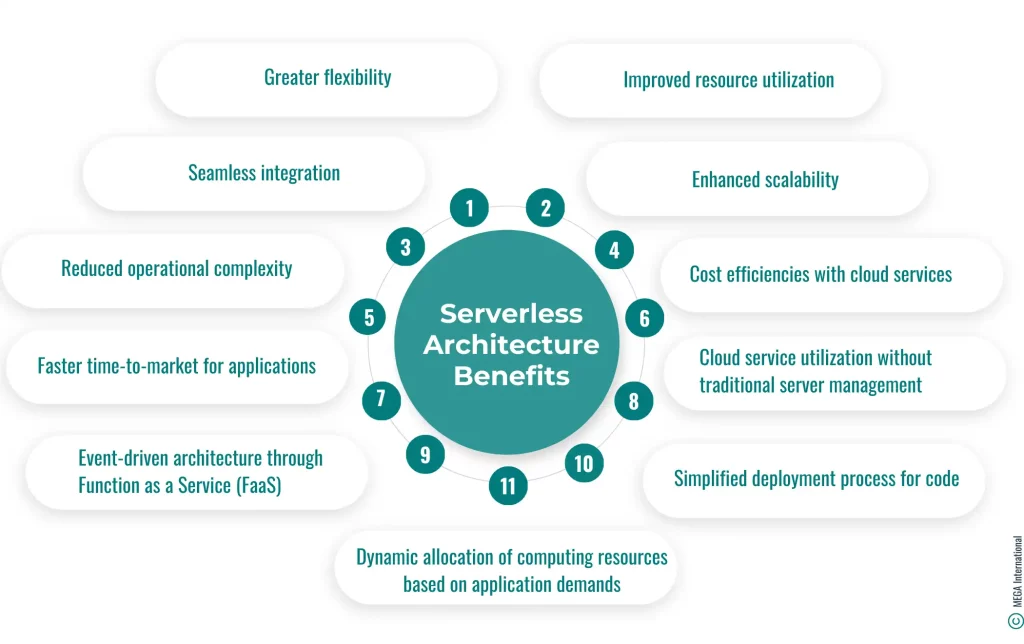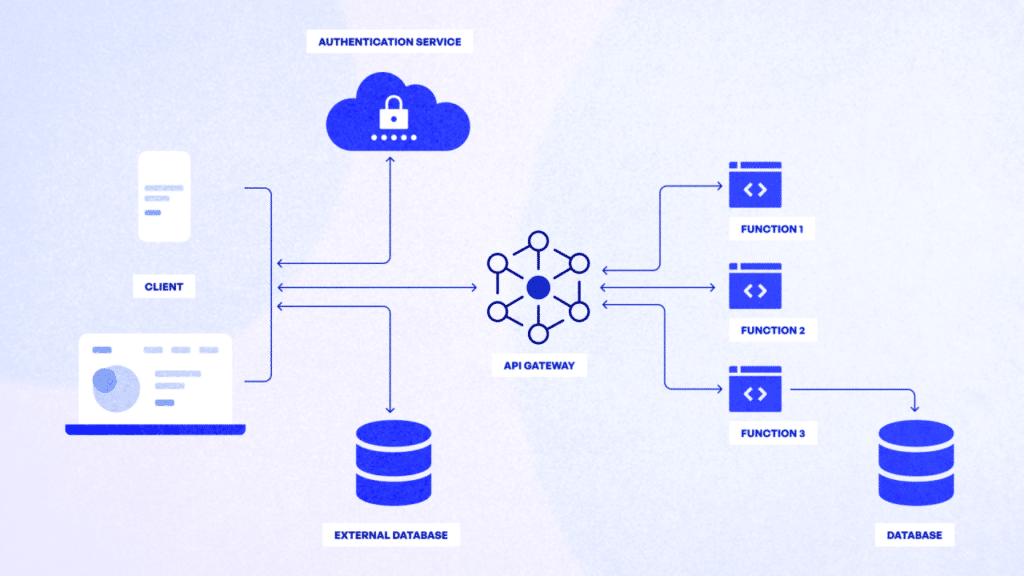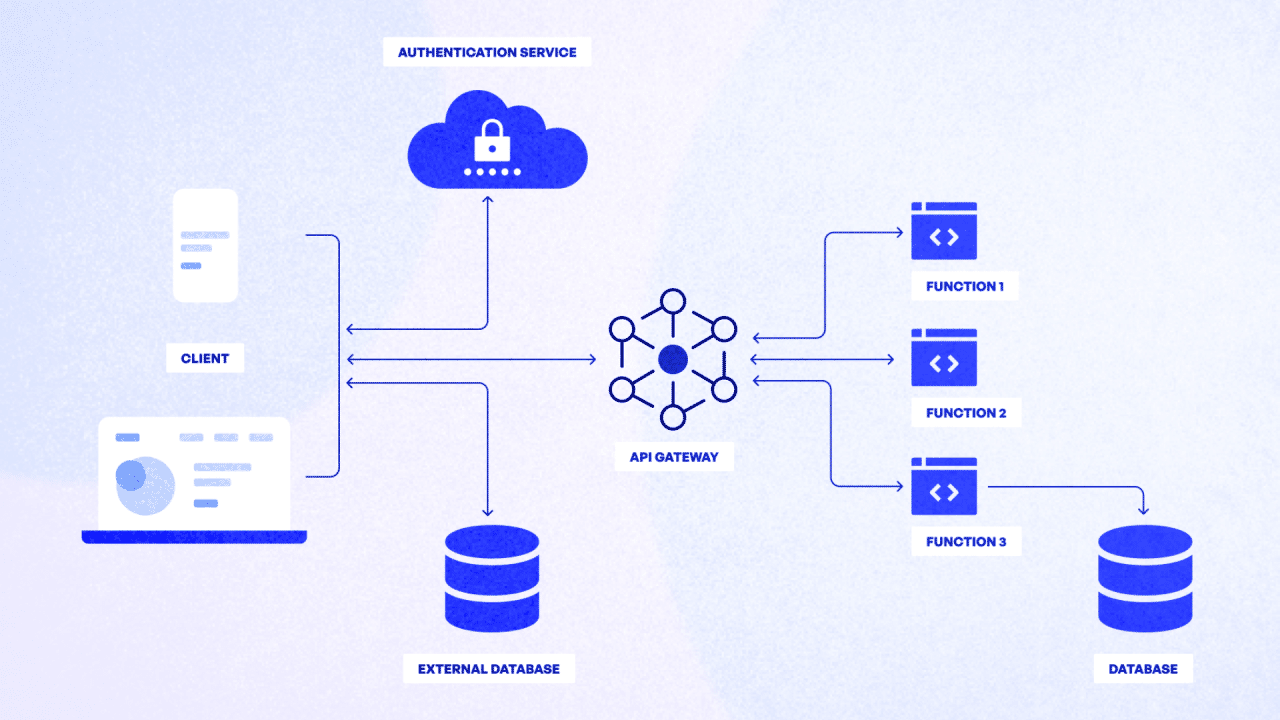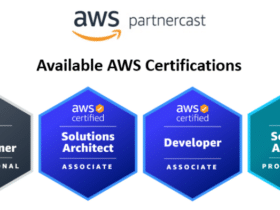Build powerful applications without worrying about servers but face challenges like cold start latency and vendor lock-in.
Serverless architecture lets you focus on coding while cloud providers handle infrastructure. Functions run only when triggered, enhancing efficiency and reducing costs.
However, limited control over infrastructure can complicate things. Intrigued by how serverless architecture can reshape your development process? Explore more in this evolving landscape.
What is Serverless Architecture?
Serverless architecture allows you to build and run applications without having to manage the underlying infrastructure. Instead of handling servers, you rely on cloud providers to automatically allocate resources as needed. This approach lets you focus on writing code and deploying applications quickly. You don’t have to worry about provisioning, scaling, or maintaining servers.
Serverless architecture is event-driven, meaning functions are triggered by specific events, such as user actions or system changes. This model improves efficiency and can reduce costs since you only pay for the actual usage of resources. Furthermore, it enhances scalability, as cloud providers can handle varying loads seamlessly.
How Serverless Architecture Works

In a serverless architecture, cloud providers handle the execution of your code by dynamically allocating resources in response to specific events.
When an event triggers your function, the cloud provider automatically provisions the necessary compute resources, runs the function, and then deallocates those resources once the function completes. You don’t need to manage or maintain any servers.
The process starts with writing code as functions, which are small, single-purpose blocks of code. These functions are then deployed to a cloud platform. Events such as HTTP requests, database changes, or file uploads can trigger these functions.
The cloud provider guarantees that your functions scale automatically to handle varying loads, providing a seamless and efficient way to run applications.
Advantages of Serverless Architecture
You’ll find that leveraging serverless architecture offers numerous advantages, including cost efficiency, scalability, and reduced operational complexity.
By adopting a serverless model, you only pay for what you use, eliminating the need for upfront server provisioning and reducing idle capacity costs.
Scalability is built-in, allowing your application to handle varying loads without manual intervention. This model also simplifies your operations by offloading infrastructure management to the cloud provider, freeing your team to focus on development and innovation.
Here’s a quick comparison:
| Advantage | Description |
|---|---|
| Cost Efficiency | Pay only for execution time and resources used. |
| Scalability | Automatically scales with demand. |
| Reduced Complexity | No need to manage server infrastructure. |
| Focus on Development | More developer time for coding, less for maintenance. |
Common Use Cases
Whether you’re developing web applications, processing data in real time, or managing backend services, serverless architecture is versatile enough to handle a wide range of use cases.
For web applications, you can use serverless functions to manage authentication, handle form submissions, or serve dynamic content.
When processing data in real time, serverless platforms enable you to handle events like changes in a database or incoming data streams efficiently.
For backend services, serverless architecture allows you to run background tasks, such as sending notifications or processing images, without managing servers.
Moreover, you can use serverless for microservices, breaking down applications into smaller, independent functions that can scale automatically based on demand.
This flexibility makes serverless architecture a powerful tool.
Challenges and Limitations

Although its numerous benefits, serverless architecture comes with its own set of challenges and limitations that you need to contemplate.
One major concern is the cold start latency, where functions take time to initialize, impacting performance. You might also face difficulties with debugging, as traditional tools are often incompatible.
Furthermore, vendor lock-in can be a significant issue; migrating to a different provider may become complex and costly. Monitoring and observability are also challenging because of the distributed nature of serverless applications.
Cost management can be tricky, too, as unpredictable workloads might lead to unexpected expenses. Finally, there are security considerations, such as limited control over the underlying infrastructure, which might expose your application to new vulnerabilities.
Best Practices for Implementing Serverless
To maximize the benefits of serverless architecture, adhere to best practices that guarantee excellent performance, cost efficiency, and security. Start by designing your functions to be stateless, ensuring they can handle concurrent executions without issues.
Monitor performance and set appropriate timeouts to avoid unnecessary costs. Implement robust security measures, such as using environment variables for sensitive data and applying the principle of least privilege for permissions.
Optimize resource allocation by properly managing memory and execution time. Ultimately, use automated tools for deployment and monitoring to streamline operations and quickly identify issues.
Conclusion
Ultimately, embracing serverless architecture can simplify your development process, much like a well-oiled machine streamlines production. You’ll benefit from automatic scalability and reduced operational complexity.
Nonetheless, it’s important to be aware of challenges like cold start latency and vendor lock-in. By understanding both the advantages and limitations, you can effectively leverage serverless architecture to create efficient, scalable applications while minimizing the need for managing underlying infrastructure.


















